About the Program
As Forestry’s budget allows, we may enact a tree pruning program in limited neighborhoods where many of the city trees need pruning for street and sidewalk clearance and especially for promoting healthy structure.
Pruning can benefit a tree during any life stage, although it is especially important for a professional arborist to train young trees to develop a strong structure, as this makes them less prone to failure as they get older. Changes made now will significantly benefit the longevity and health of trees in the area.
Pruning on older trees focuses on removing deadwood and achieving clearance over streets and sidewalks. 8 ft of clearance over the sidewalk and 14ft of clearance over the street is required.
Pruning Objectives
Clearance
Raise low branches on trees for street and sidewalk clearance, as well as a stop sign and corner/intersection visibility.
Health
We may elect to remove a tree if its health or structure is significantly compromised; if it is planted in a poor location such that it will cause significant damage to infrastructure or hinder public safety; or if it is a non-approved street tree that is causing or is likely to cause significant issues in the future.
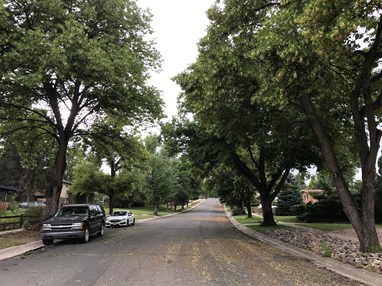
Structure (young trees)
- Remove or reduce large limbs that originate low on the trunk (low limbs that are left are more likely to interfere with street traffic, large trucks, etc.) By removing or reducing lower limbs on young trees, the tree has a chance to put more energy into its upright leaders. It is better to cut limbs before they get too large.
- Remove crossing/rubbing limbs. Many times, un-pruned trees will develop multiple branches that grow into each other, or that take up the same space. Leaving well-spaced scaffold branches ensures a stronger structure.
- Select a single upright leader (when possible). We may reduce (shorten) or remove competing/multiple upright shoots to allow one to dominate. In our streetscapes, some trees tend to develop multiple upright leads. However, during early or late snow events or windstorms, these branches are more likely to break or suffer from damage. By developing a good structure now, damage or failure potential can be reduced.
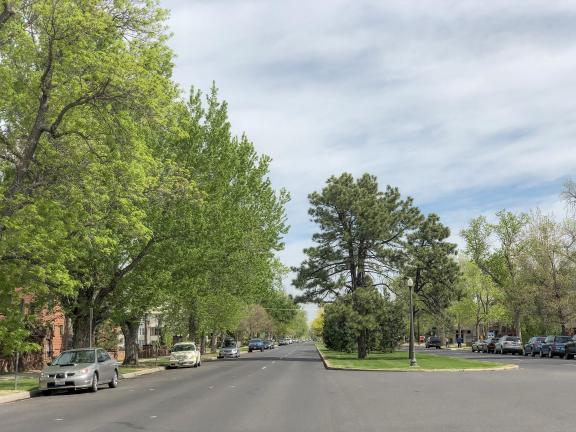
Examples of Structural Pruning
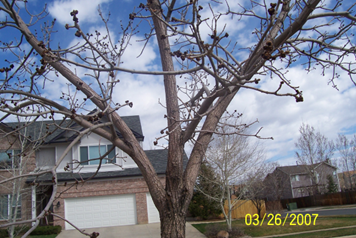
The above image shows an ash tree with three branches that are all the same size and with narrow angles of attachment. There is no dominant leader.
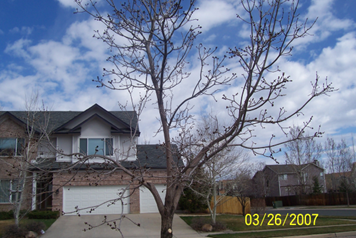
The above image shows one reduction* cut made, which slows down (subordinates) the growth of the left-most lead. This will allow the central lead to assume dominance and will create a stronger structure.
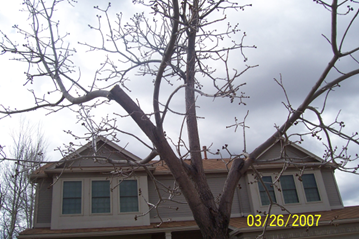
The above image shows a similar ash tree that has had two competing leads reduced* to encourage more growth into the central lead.
*Note that these cuts are reduction cuts, where a branch is reduced to the next lateral growth, rather than topped, or cut indiscriminately. This promotes tree health and provides a more natural appearance, especially as the tree continues to grow and respond. This can also leave more foliage rather than removing a branch entirely.
Damaged Tree Examples
Decisions regarding structural pruning needs require a professional arborist. Many factors go into making the best decision for each tree, and each can have a lasting effect on the tree’s health and longevity.
It is always advised to consult with a professional to help to make the right choices for a tree's health. Research or ask an arborist for help in training young trees on your own property. A small investment now will go a long way to grow a healthy, mature tree.
Below are photos to show what may happen if structural issues are not addressed in a timely manner.
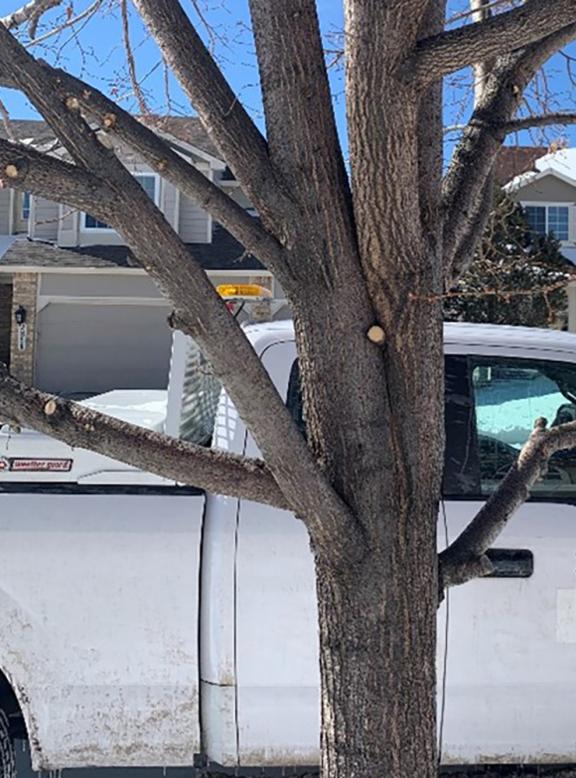
A tree with codominant trunks with a poor angle of attachment is likely to fail in the future as both trunks expand in size.
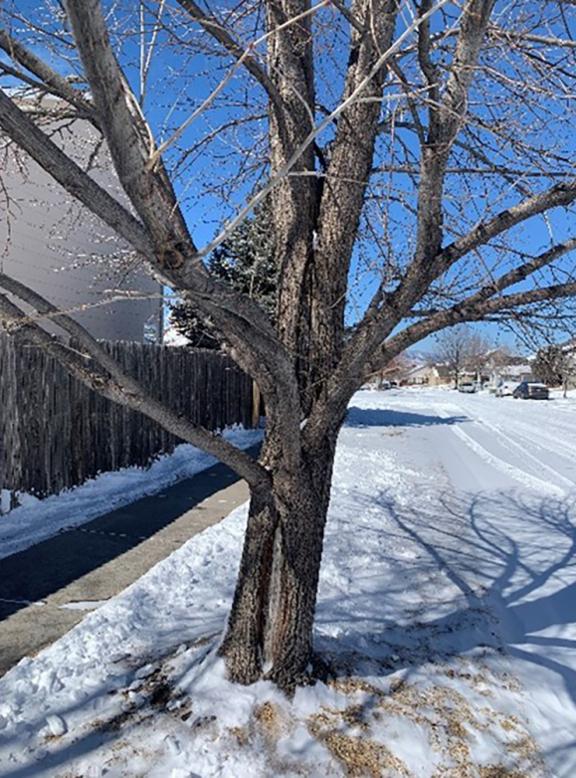
A tree with codominant trunks beginning to split.
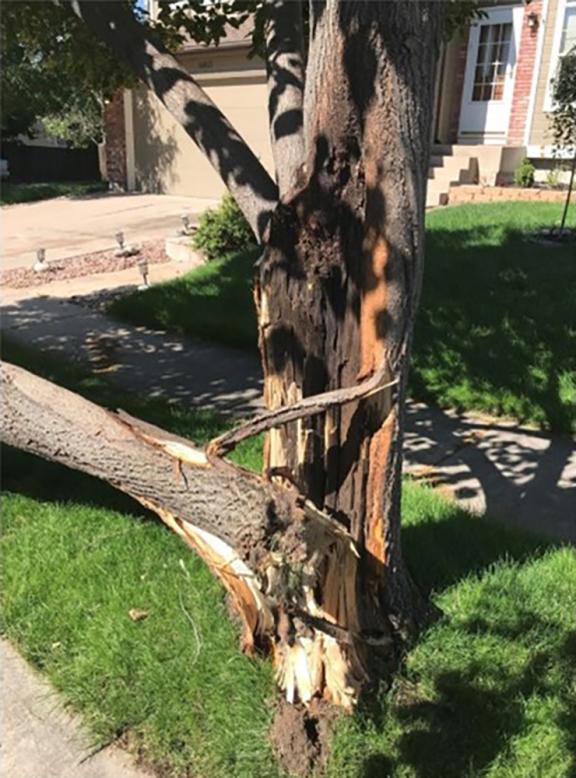
Tree with Codominant trunk failure
